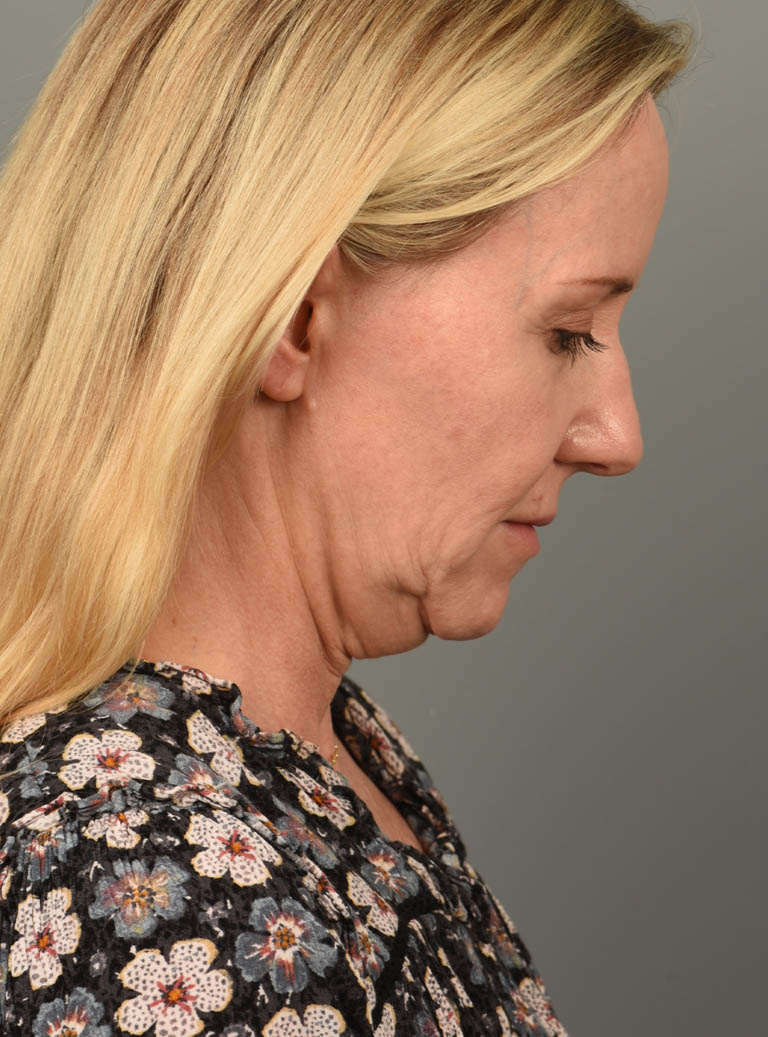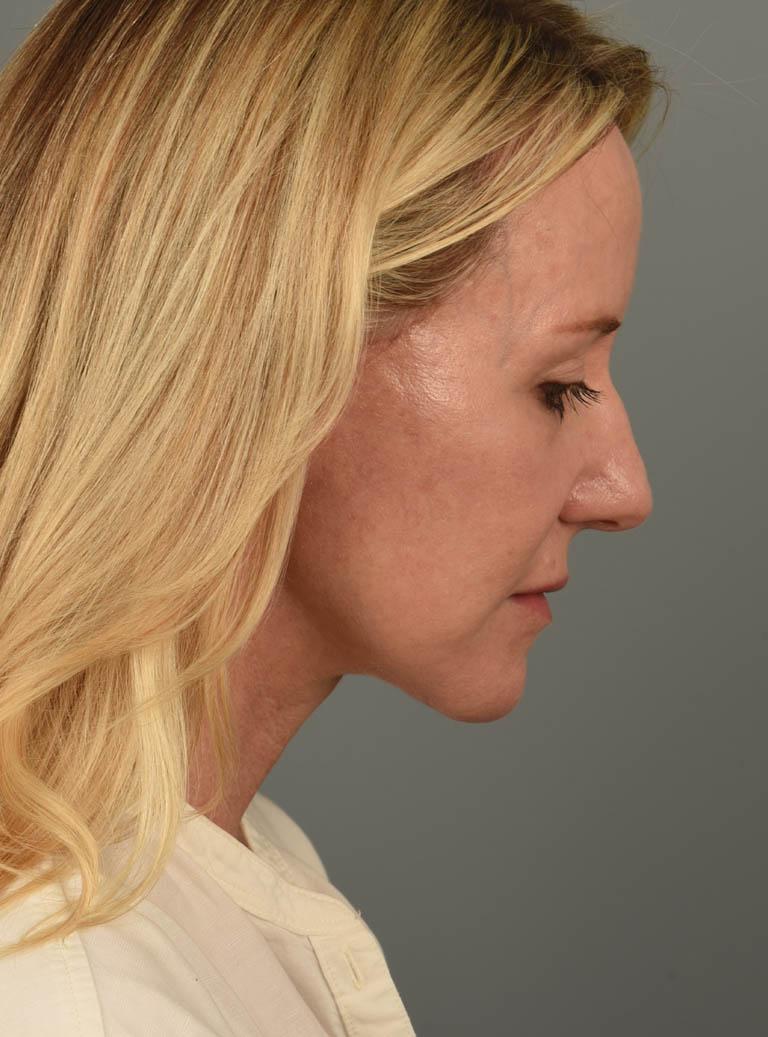A facelift – whether a mini-facelift, deep plane, or non-surgical facelift – carries certain risks before the procedure. For surgical facelifts like the mini and deep plane types, risks include scarring, typically minimized through well-placed incisions but can vary based on individual healing. Infection is another possibility, as with any surgery, and hematoma (blood pooling under the skin) may occur, sometimes requiring drainage.
In a deep plane facelift, which targets deeper layers for more comprehensive results, risks also include nerve damage that could temporarily or, in rare cases, permanently affect facial movement. Both mini and deep-plane facelifts may involve uneven results or prolonged swelling or bruising that can extend recovery time. Changes in skin sensation are also possible but usually temporary.
Risks for a non-surgical facelift are generally milder, as no incisions are made. However, temporary swelling, bruising, or skin irritation can occur at injection sites. Dissatisfaction with aesthetic results is a risk across all facelift types, so consulting with your Facial Aesthetic Concepts personal facial plastic surgeon can help ensure realistic expectations and a customized approach for your needs.










